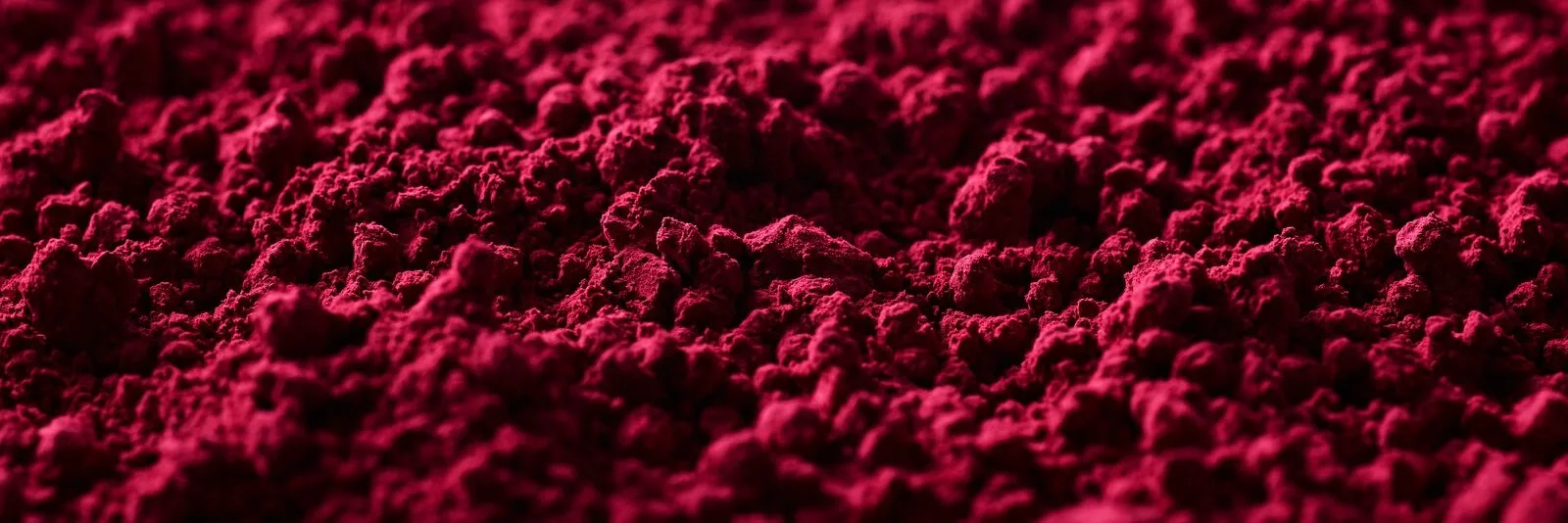Article | Feb 03. 2025 - 12:20PM
Powerful reds bring seasonal celebrations to life
Reds and pinks are an indispensable part of the color scheme of high days and holidays from December to February around the world.
Combined red and green are at the heart of a traditional Christmas, followed by red and gold for the Chinese New Year and then an explosion of red roses for Valentine’s Day, there are certainly plenty of opportunities for food and drink manufacturers looking to capture the essence of the season.
Red’s popularity is of course no surprise. A bold, primary color often found in nature, it represents passion, love and strength in many cultures.
Many of the flavors we love are associated with red-colored food. Think about cherries, strawberries, chili, barbeque, and “medium rare.” It’s a hue that hold a special place in the hearts of chefs, who are always looking for new combinations of contrasting flavors and colors to make their dishes more appealing. If you are a food manufacturer, achieving the perfect red color can be a challenge.
In some parts of the world, food manufacturers still color their food with synthetic, artificial colors. The most commonly-used artificial red food color is Red No. 40, also called Allure Red. Some countries have legislated in favor of using of natural food colors, which they consider to be healthier. In other countries, food manufacturers use natural red colors when consumers demand it.
The FDA in the US has just announced that it will ban Red 3 artificial dyes. The decision to remove Red 3 by 2027 underscores the industry's commitment to cleaner, ingredients. As regulatory agencies focus on enhancing food safety standards, food producers must adapt by exploring alternative solutions that meet both regulatory requirements and consumer expectations.
Oterra can help meet these requirements with clean, sustainable, natural red food coloring aligned with the clean label trends of recent years. We offer natural red colors ranging from some of the most well-proven to some of the most innovative.
Our solutions provide a seamless transition to natural colors. Harnessing the vibrant hues of natural ingredients, such as red beet, Hansen sweet potato™, paprika, and black carrot, these solutions offer a spectrum of colors without compromising on taste. Moreover, they align with consumer preferences for clean-label products.
Replacing Red 3 with pigments from natural sources
Carmine made from cochineal insects is the best Red 3 replacement in food given its similarity in shade. While similar in heat stability, it provides improved light stability compared to Red 3. It can be used in a wide range of applications, and because it maintains a red shade at neutral pH, it is ideal for baked goods. Although it is not suitable for vegetarians or vegans.
For vegetarian, kosher and halal applications colors from sweet potatoes are a viable alternative.
Sweet potatoes are native to South America, where they have been cultivated for more than 5000 years. The red and purple varieties are used by the food color industry due to their high anthocyanin content.
Oterra’s award-winning Hansen sweet potato™ has been specially developed for its unique coloring properties and took more than 10 years to develop by Oterra’s plant breeding experts without the use of GMOs.
Read more about the natural raw materials we use for our reds and pinks or contact us and let our team of experts help solve your color needs.

